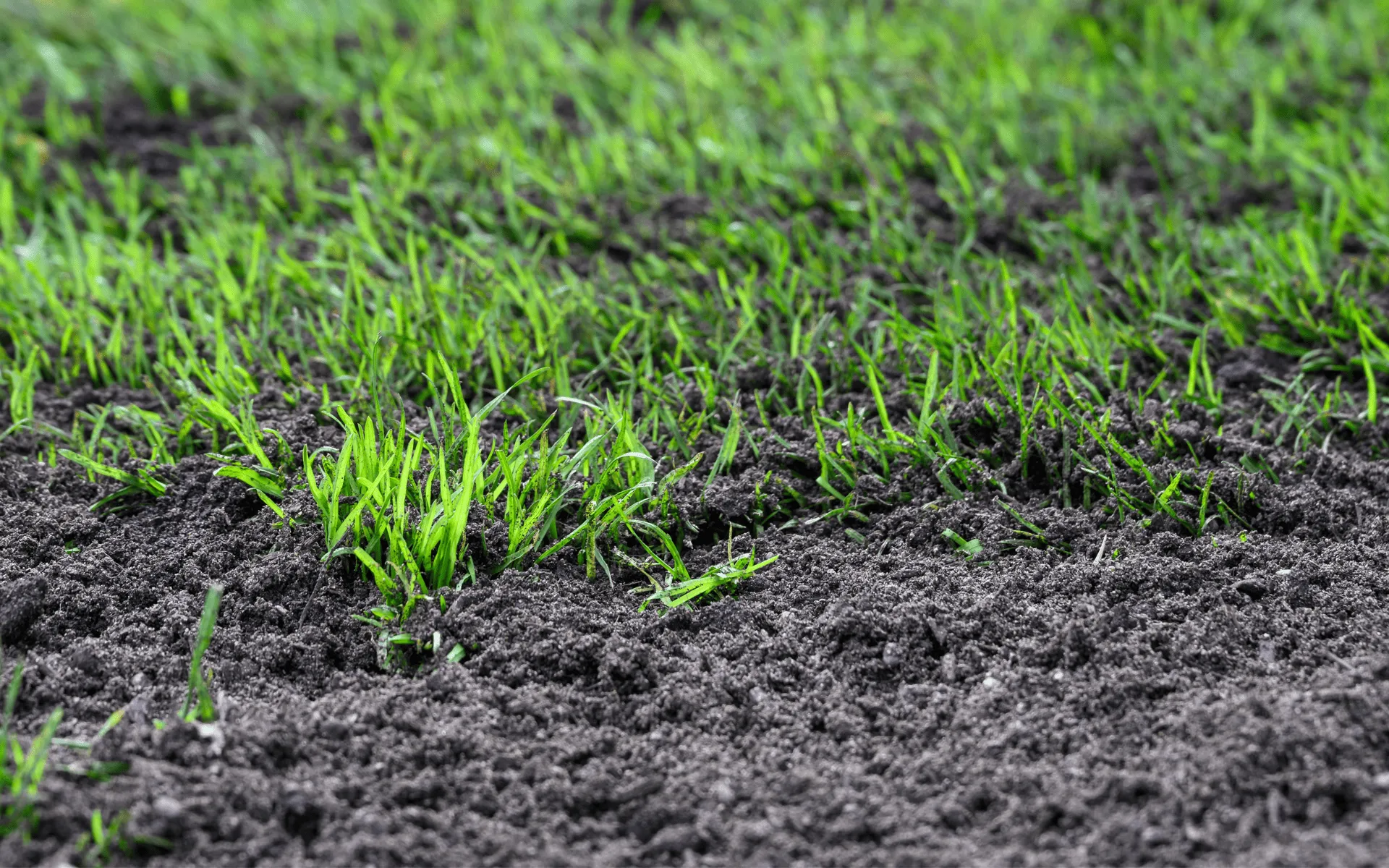
Outdoor seating cops the worst of our weather, so it’s fair to ask how long aluminium benches actually last in real backyards, parks, schools, and job sites across Australia. The short answer is that quality aluminium benches typically deliver 15 to 30 years of service, and well-designed, well-finished models can go longer.
The long answer is that lifespan depends on the alloy, the finish, the way the frame is built, the environment you place it in, and the basic maintenance you do every few months.
What Really Determines Lifespan
Before looking at numbers, it helps to understand what makes one aluminium bench outlast another. Aluminium forms a protective oxide layer that resists rust, which is a strong starting point. But lifespan is not just metal chemistry.
It is also about wall thickness of the extrusions, the quality of welds and fasteners, drainage and design choices that prevent water traps, and whether the finish can handle UV and salt exposure. Get those right and aluminium benches can outlast timber and mild steel with less upkeep.

Typical Lifespan Ranges You Can Expect
There is a realistic range based on conditions. These are practical bands, not marketing claims.
- Suburban or inland sites with routine cleaning: 20 to 30 years.
- Coastal sites within a few hundred metres of breaking surf: 10 to 20 years, longer if the bench uses marine-aware fasteners and coatings.
- High-use public spaces with heavy wear and occasional vandalism: 10 to 15 years structurally, often longer if parts are replaceable.
- Covered but outdoor commercial areas, like shopping arcades and clubrooms: 25 years plus with minimal intervention.
These ranges assume the bench was built properly to begin with. Poor design or thin sections can halve any of those numbers.
Alloy, Finish, and Why They Matter
The metal might all be called aluminium, but not all aluminium benches are built from the same stuff.
- Alloy and temper. Extrusions for seating frames are commonly 6063-T5 or T6. Both machine and weld well, with good strength for their weight. Heavier-duty frames may use 6061-T6 for critical members. If you see vague language like “aluminium frame” with no alloy or temper, be cautious.
- Wall thickness. Extrusion wall thickness around 2.5 to 3 mm for main members is typical for public seating. Ultra-thin sections are a red flag for denting and fatigue.
- Finishes. Powder coating is the standard for colour, UV stability, and scratch resistance. Anodising is another option, especially for a metallic look and excellent corrosion resistance. In coastal zones, a high-build powder with pretreatment suited to salt exposure adds years to the service life.
- Hardware. Stainless steel fasteners are a must. 316 stainless is preferred within salty air zones. Nylon or acetal bushings where moving parts meet will prevent galling and squeaks.
If you want aluminium benches to last, pick the right alloy and pair it with a finish that suits the site.
Design and Construction Quality
A bench that looks neat in photos can still fail early if the structure is underbaked. Look for practical details.
- Bracing and triangulation. Frames with cross-bracing resist racking and looseness over time. Straight runs with no triangulation tend to wobble as fixings bed in.
- Drainage paths. Slats and rails should shed water. Closed boxes without weep holes become corrosion traps, even for aluminium benches.
- Welds and joints. Clean TIG or MIG welds with proper penetration last longer than spotty, ground-flat patches. Bolted connections should use locking hardware so the seat doesn’t loosen after a few seasons.
- Replaceable parts. Slats, end caps, and foot pads that can be swapped extend service life. When repairs are possible, you avoid binning a good frame due to a few damaged sections.
- Ergonomics that reduce abuse. Slightly sloped seats, rounded edges, and sensible slat spacing reduce stress points and vandal damage. It sounds minor but it adds years when public use is rough.
Environment and Placement
Where you put the bench matters as much as how it is built.
- Coastal exposure. Salt spray accelerates crevice corrosion on fasteners and under chipped coatings. Choose 316 hardware, marine-aware pretreatment, and plan to rinse.
- Urban pollution. Near busy roads, grime builds up and holds moisture. A quick wash quarterly prevents dirt from becoming a corrosive blanket.
- Sun and heat. Aluminium conducts heat quickly. Slat spacing, lighter colours, and a slight airflow under the seat keep surfaces bearable on hot days and limit thermal cycling stress.
- Ground contact. Feet sitting in damp soil or fertiliser will stain and corrode faster. Use pavers, rubber feet, or stainless base plates to isolate from wet ground.
Site choices either amplify durability or slowly eat away at it.
Maintenance That Actually Matters
Aluminium benches are chosen because they are low-maintenance, not maintenance-free. A small routine goes a long way.
- Rinse and wash. Every two to three months, hose the bench and wash with mild detergent. In coastal locations, monthly rinses are smart.
- Inspect fasteners. Twice a year, check fixings for looseness or tea-staining around heads. Replace any that are marked or seized before they cause bigger problems.
- Touch-up coatings. For powder-coated surfaces, fix chips with compatible touch-up paint to keep corrosion from getting a foothold at edges.
- Keep it moving. If the bench has moving elements, add a drop of a dry lubricant to pivots or hinges and wipe off excess.
- Ground clearance. Make sure drainage around feet remains open. Clear mulch away and avoid fertiliser contact that can stain aluminium.
Ten minutes, a couple of times a year, is the difference between a 12-year bench and a 25-year bench.
Common Failure Points to Watch
Most end-of-life issues follow predictable patterns. Catch them early and you extend life.
- Galvanic pairing. Aluminium in contact with bare steel creates a battery in wet conditions. Use isolating washers, sleeves, or gaskets anywhere dissimilar metals touch.
- Coating undercut. A chip that is left alone becomes a creeping edge where the coating lifts. Small fixes prevent big problems.
- Loose feet and anchors. Vibration and use work fixings loose. Retighten with thread-locking compound so the wobble doesn’t enlarge holes.
- Fatigue cracks. Very thin slats and long unsupported spans can micro-crack after years of flex. Benches with thicker sections and short spans avoid this.
Understanding the weak spots helps you pick better aluminium benches and maintain them with intent.

Total Cost of Ownership Compared with Timber and Steel
Purchase price is only one line item. Lifespan and upkeep decide the real cost.
- Versus timber. Timber can look great, but Australian sun and rain age coatings quickly. Expect sanding, sealing, and board replacements. Over 10 to 15 years, ongoing labour and materials often exceed the once-off premium for aluminium benches.
- Versus mild steel. Steel is strong but needs regular repainting or galvanising. Chips rust, and rust spreads. Aluminium benches dodge that constant fight with oxidation.
- Versus stainless steel. 304 stainless can tea-stain near the coast. 316 performs well but costs more upfront and still benefits from cleaning. Aluminium benches are usually lighter, easier to install, and cheaper to move or reconfigure.
When you fold in labour and downtime, aluminium benches tend to win the long-run value equation for most outdoor sites.
How Long Do They Last, Really?
Bringing it all together, here is a grounded summary. For most suburban and light commercial installations, expect 20 to 30 years from well-made aluminium benches with routine cleaning.
In tougher coastal or high-use environments, plan on 10 to 20 years before major refurbishment or replacement, with the upper end achievable when you choose the right finish, fasteners, and design. Compared with timber and mild steel, that is a strong result with less maintenance effort and fewer surprises.










